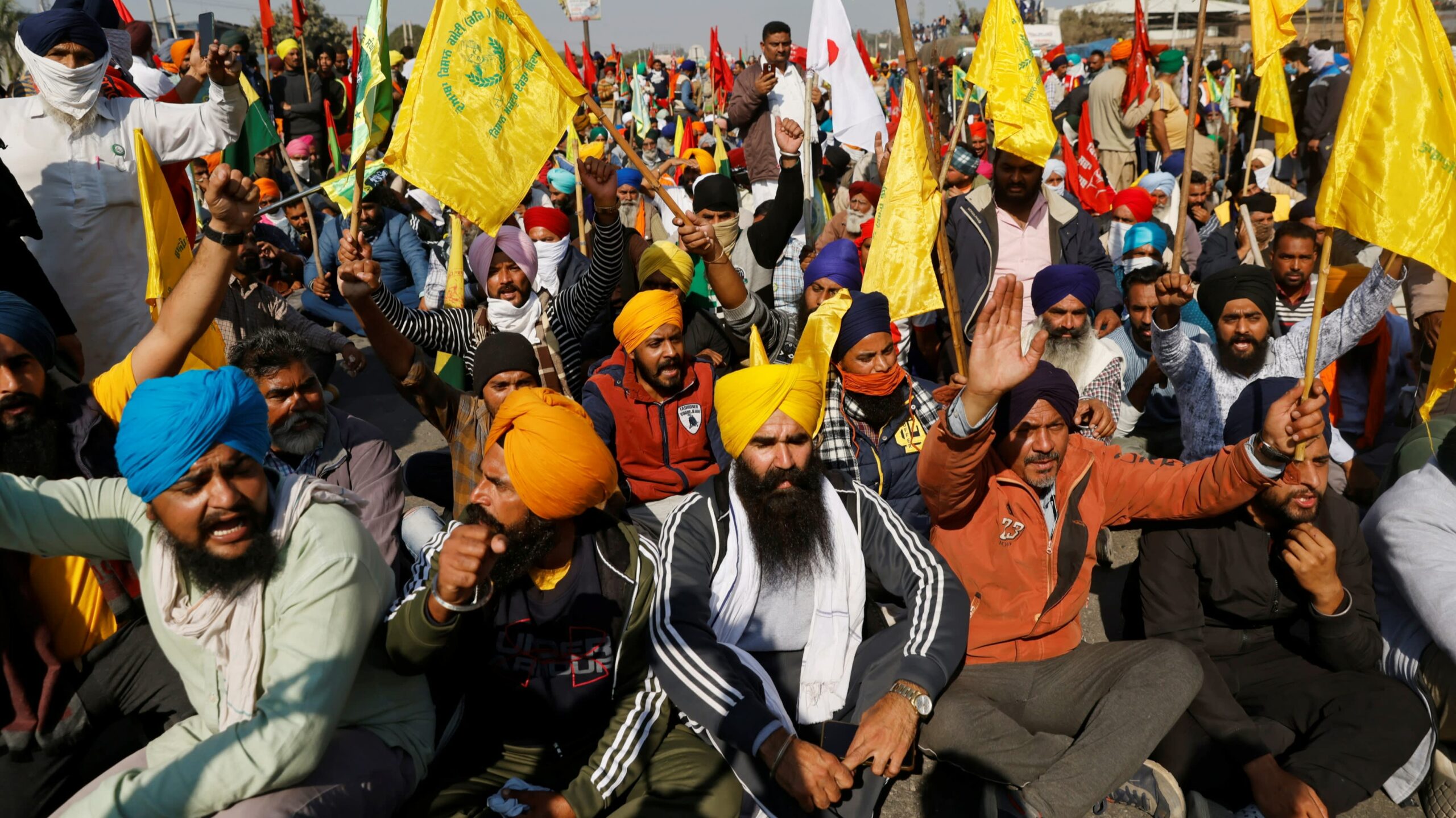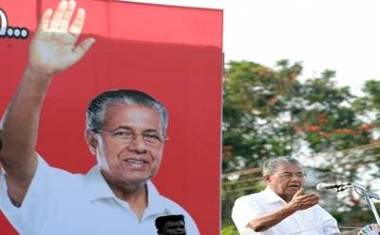By Shashi Shekhar
Neither the government nor the farmers are willing to move the needle an inch despite various related agreements being hammered out. Meanwhile, the Supreme Court has postponed the implementation of the three contentious laws.
Both sides have adopted different strategies to gain the upper hand. The government hopes that it can hold out till the farmers give up. The farmers’ organisations, meanwhile, are exploring various ways to engage the agitators.
A huge tractor rally has now been planned for Republic Day on January 26. The farmers hope to keep up the pressure on the government this way, but this is not a solution. We can only hope that this prolonged agitation does not spiral into some sort of turbulence.
This protest has been unique in that thousands of agitators are present at the four entry points to the capital and seem steadfast in their conviction that these laws must be repealed. They have held fast for more than 50 days now. They have weathered unseasonal rains and the bitter winter so far. It is difficult to manage such a diverse and large crowd but the farmers seem resolute.
However, during the course of the agitation so far, some organisations have made attempts to hijack the movement. Some objectionable posters were put up and some provocative speeches made. But the farmers’ leaders identified these interlopers and neutralised them swiftly. The protest has brought together people from different religions and various socio-economic and cultural backgrounds in a harmonious blend.
The farmers’ organisations say that more than 75 people have died at the dharna sites so far. Normally such tragedies cause people to lose heart, but this has not been the case here. Some farmers have reportedly died by suicide but this has not been glorified in order to prevent this becoming a trend.
Religion has been a unifying factor in this protest, which explains why a mobile gurudwara has been set up at the Singhu border. The police and security forces have displayed sensitivity in keeping a respectful distance from religious places during their operations. When the Guru Granth Sahib is placed on a site, it is considered holy and this has been a rallying point for the agitators.
A sizable number of women and children are also present at the site of the protests. This has attracted a lot of media attention. The farmers’ leaders have also been careful not to disturb normal life in surrounding villages and volunteers have been deployed in full force to ensure that the peace is kept. This has earned the movement public support. If the crowds had been unruly, the government could well have gained the advantage.
These are commendable achievements, but is this enough?
Every agitation has a window of effectiveness. As the struggle gets prolonged, people’s goodwill decreases. Mahatma Gandhi, who pioneered the non-violent movement in India, was astute enough to judge the duration of an agitation. He managed to keep his demands and issues alive despite stepping back at the right time. The farmers must learn from his example. Perhaps the absence of a single leader or organisation is the reason that this has not happened so far.
Every system needs to be upgraded and amended in keeping with the changing times. Today, if farmers feel compelled to leave their villages because agriculture is unremunerative, then surely this suggests that agrarian reforms are necessary. Such reforms are bound to be contentious which is why the Constitution gives people the right to protest. The farmers have done so in a constructive way so far, but now they have to consider finding a middle path.
The government must walk the extra mile to convince farmers of its good intentions. It should not allow this agitation to spin out of control. Remember the railway strike of May 1974. It led to Indira Gandhi feeling cornered enough to impose the Emergency.
(The Op-Ed appeared in The Hindustan Times)












